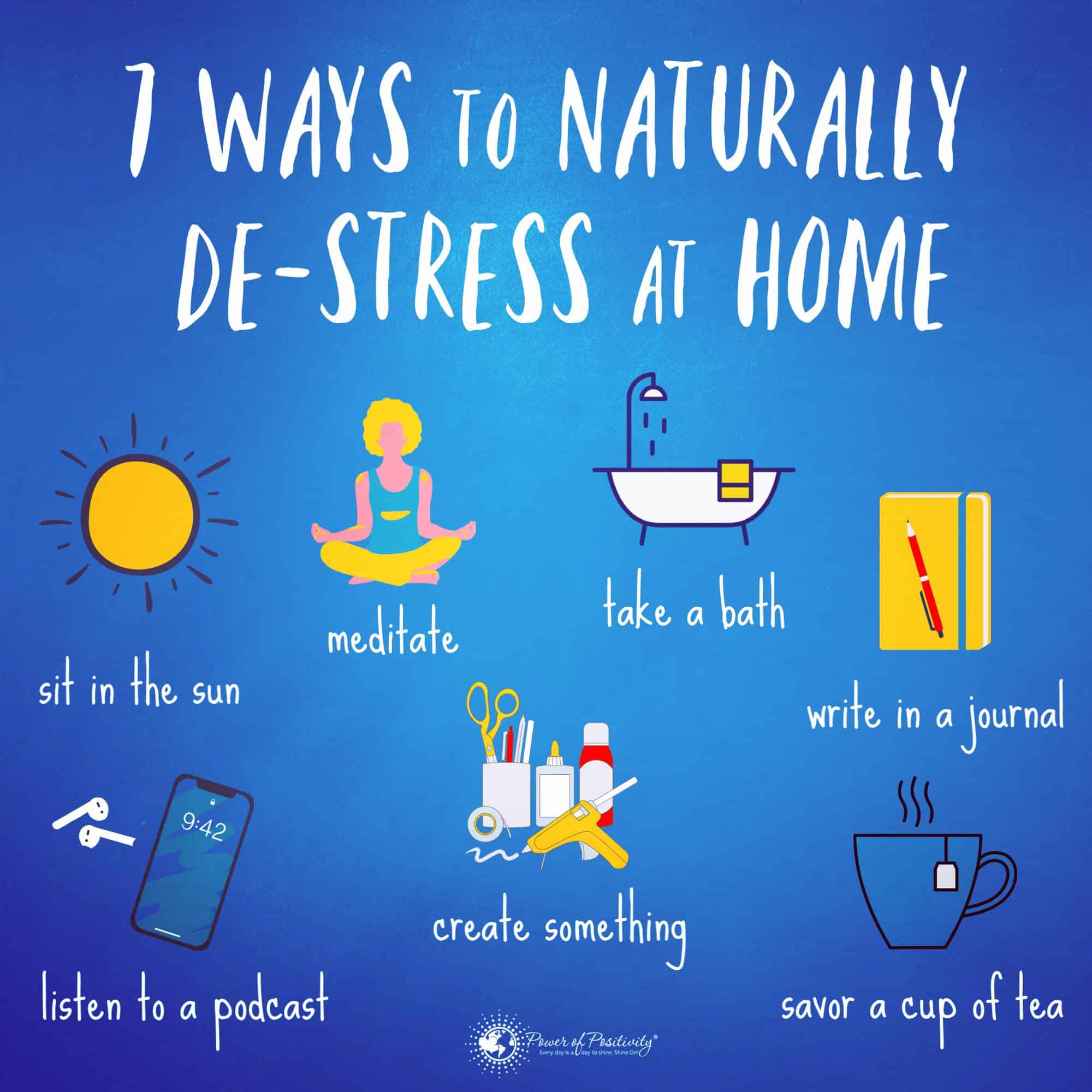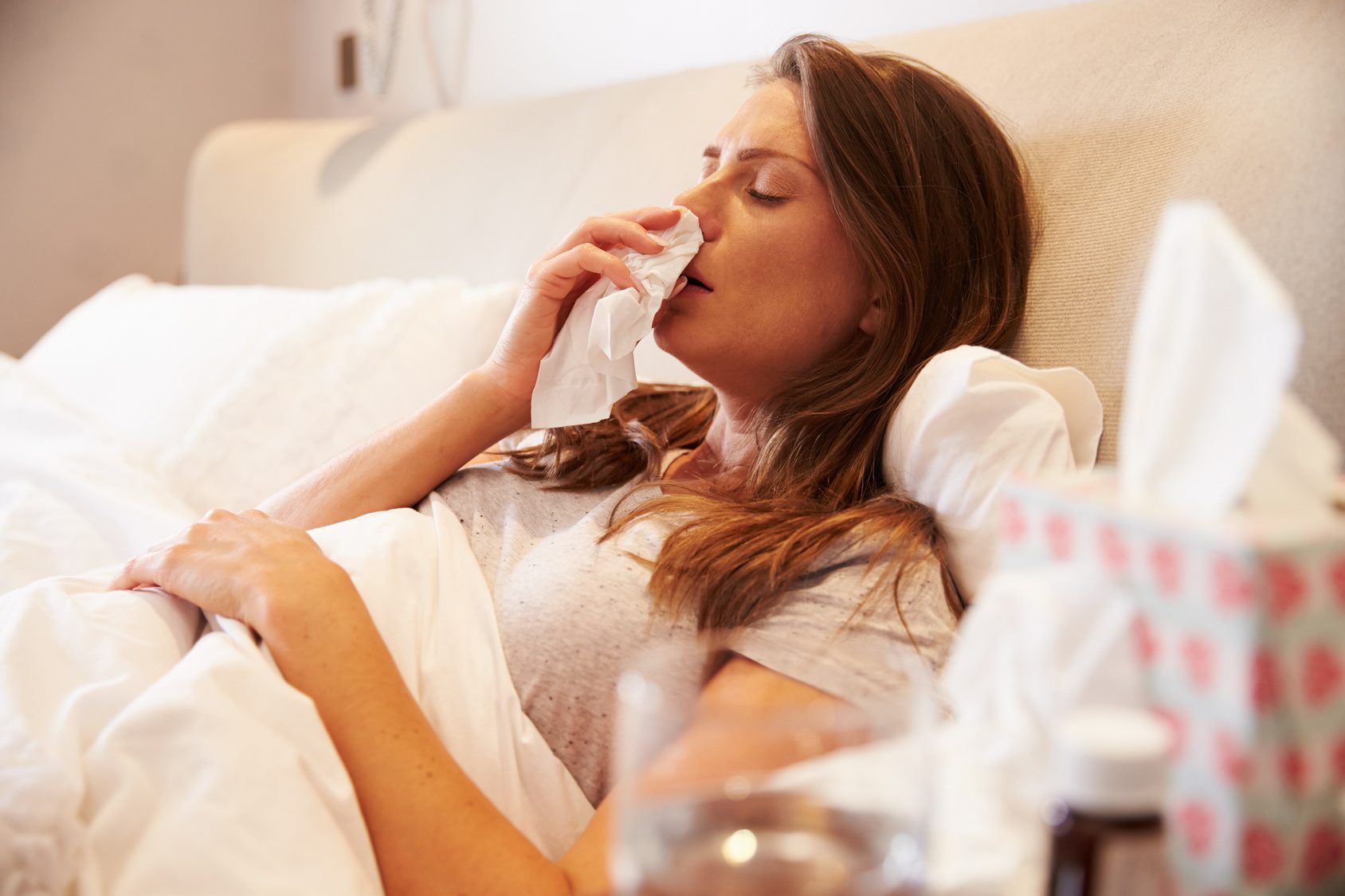There has been increasing awareness over the last few years about the phenomenon known as ‘sick house syndrome.’ People have reported symptoms such as headaches, nausea, sneezing, runny noses, skin rashes, and asthma attacks in some cases.
It’s hard to know if your sickness is due to conditions in your home or if something more serious is at work. If your symptoms persist, you might want to start by checking around your home for the following things that may be contributing to what you are experiencing. The good news is the solutions to the many things mentioned that may cause sickness are very straightforward.
Here are ten signs your home may be making you sick:
Too Much Moisture
Moisture in the home, especially during winter, can lead to mold. In the damper months, the heat runs longer, and the windows remain closed. These are ideal conditions for mold and bacterial growth.
While it is impossible to completely remove mold spores from your home, preventing dampness will deprive them of a place to grow. If you have mold, you must deal with mold and moisture to get to the source of the problem.
When it comes to mold removal in Atlanta, we always recommend Moldman Atlanta North. Their team of experts is highly skilled in identifying and safely eliminating mold, ensuring a healthier environment for your home or business.
Dirty Vents
Vents collect dust in the air, and when heat or air conditioning is used, it disperses the dust throughout the home, leaving us to breathe it in. The movement of warm and cold air through your vents causes moisture to form, which makes another perfect breeding ground for mold spores. Keep your vents free and clear and have them cleaned every couple of years by a professional.
An Aging Bathroom
In the bathroom, old and loose caulk around tubs and tiles is an easy path for water to flow onto floors and woodwork; again, ideal bacterial growth conditions. The removal and replacement of caulk is a fairly straightforward DIY task. Otherwise, a professional will be easy to find.
Poor Bathroom Ventilation
Make sure your bathroom ventilation fan is working properly and be sure to run it at every bath or shower. Also, is it ventilating correctly to the outside? Check for damp patches in the attic to see if it is ventilating inside or outside. It’s important that vents are properly designed to release moisture and avoid collecting dust.
Excessive Dust
On the subject of dust, excessive dust can cause physical problems. Believe it or not, there is a right and wrong way to dust a home. The right way is to start high, with a damp cloth. The damp cloth gathers dust instead of sending particles into the air with a feather duster. Dust from high to low so you can gather the dust as it falls.
A Musty Bedroom
Sheets, pillows, and mattresses are ideal breeding grounds for dust mites, common triggers of asthma. Cleaning sheets and pillowcases is an easy task and should regularly be done. With the mattress, a little more work is required. First, flip it every couple of months. Ideally, it should be aired outside if that is manageable, if not, whenever you change the sheets, allow the mattress some time to breathe – the longer, the better. Also, vacuum the mattress frequently. Pay particular attention to the seams. Using a good mattress protector is a must to help keep things clean.
Chimneys & Flues
Many homes have fireplaces and wood stoves. Proper ventilation of smokey air and ash is a must. It is essential that chimneys and flues are regularly cleaned by a certified professional.
Asbestos
While difficult to detect, having your home inspected by a good asbestos removal specialist can create peace of mind. While asbestos has been banned in most countries for many years, many older buildings still have asbestos lingering in insulation materials, caulk, floor tiles, and more.
Radon
Another difficult but not uncommon item to have your home tested for, radon is an odorless, colorless, deadly naturally occurring gas. Certain areas are radon hotspots, and exposure to this gas is estimated to cause 20,000 lung cancer deaths in the United States every year. A map of US hotspots can be viewed on the EPA website. Regardless of what the map indicates, every home should undergo radon testing. Testing kits are inexpensive and widely available (visit the EPA for more information), offering many years of peace of mind.
Common Household Chemicals
From the moment we shower in the morning until we go to bed at night, we are exposed to chemicals all around us. Bath and shower products, deodorants, chlorine in the water, dishwasher tablets, etc. While it is almost impossible to avoid chemicals, we can certainly reduce our exposure in our home. Many sources offer information on ways to use more natural alternatives for cleaning tasks around the home, with baking soda, lemon juice, and vinegar being very effective.

Final Thoughts on Having a Healthier Home
Most of these steps are not complicated and require little more than good cleaning practices, a little maintenance and a little vigilance too. Of course, when any symptom becomes chronic in nature, it is wise to see your doctor. That doesn’t mean you can’t take some preventive measures of your own, though.




















